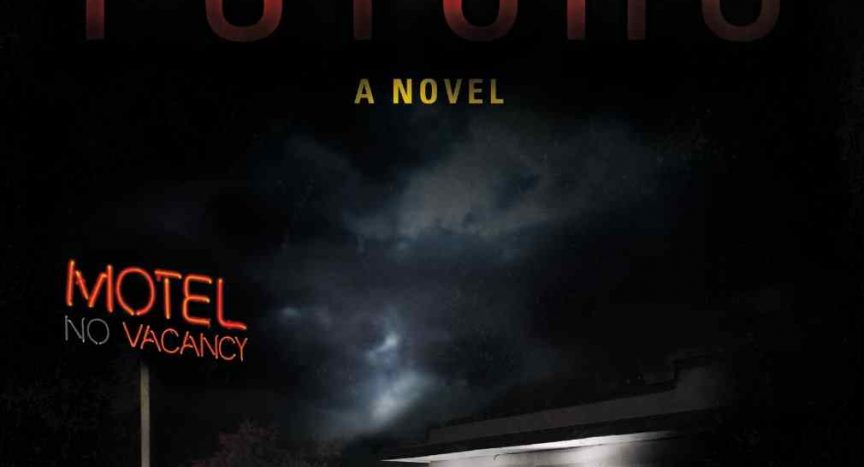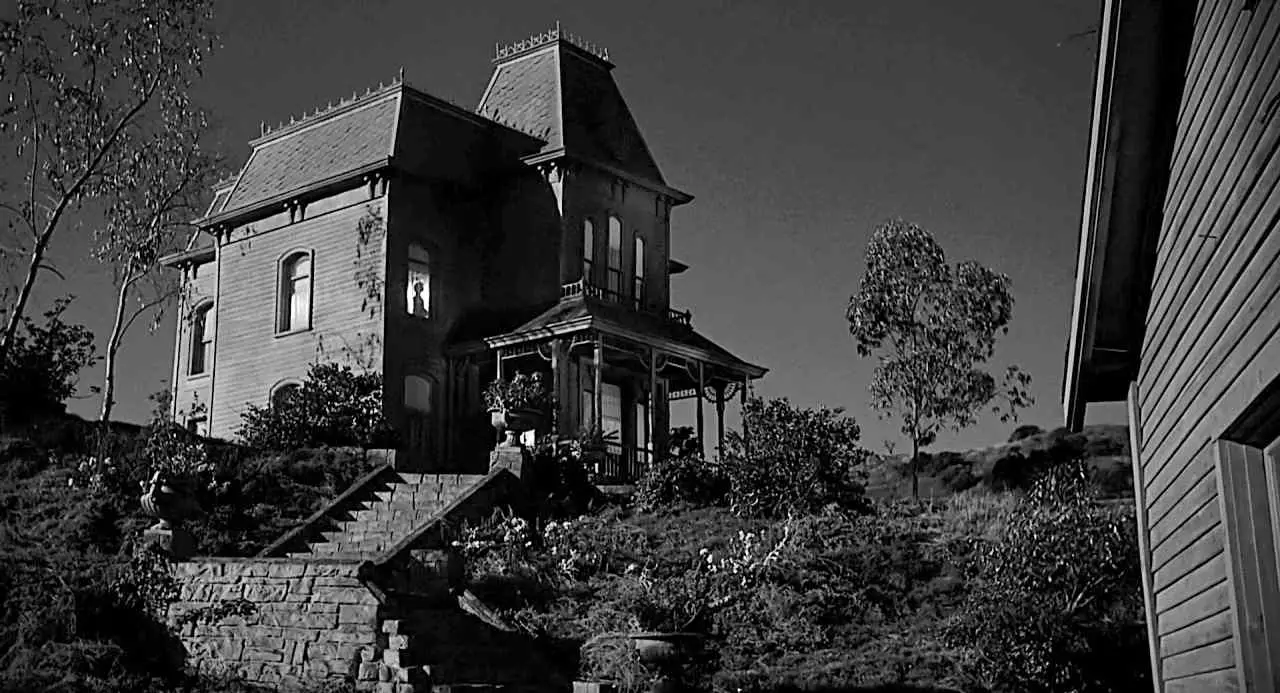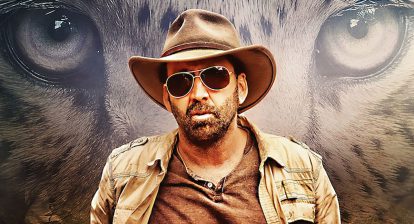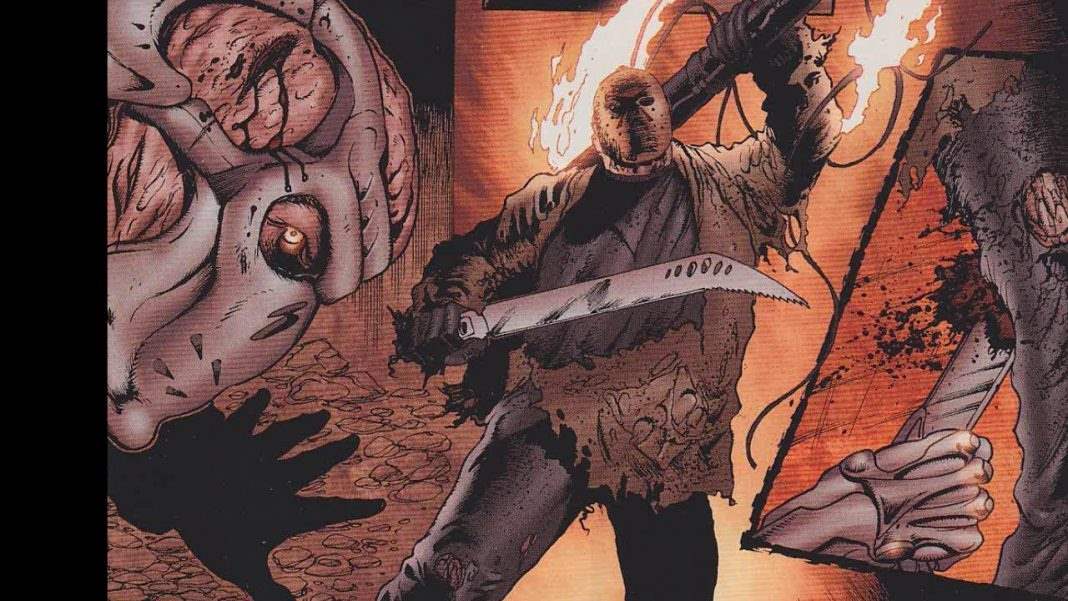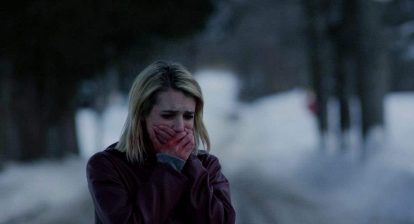When you hear the word Psycho, the first two names that come to mind are likely Alfred Hitchcock and Anthony Perkins. The film was released in 1960, and it was so masterfully directed by Hitchcock and the character of Norman Bates was so artfully portrayed by Perkins that they seem to be the originators of the franchise. With Freddie Highmore currently playing a teenage Norman in the hit television series Bates Motel, it’s conceivable that a younger generation will come to think of him as the true Norman. It’s understandable, but unfair to the real progenitor—Robert Bloch.
Bloch’s novel Psycho was published in 1959 by Simon & Schuster, loosely based on real-life serial killer Ed Gein. For those who haven’t read the book, allow me to give a synopsis. Consider this your warning: I am about to spoil the whole shebang, sequels and all.
Mary Crane steals $40,000 from the real estate company where she works in order to help her boyfriend Sam Loomis pay off his debts. She flees from her home with the money in hand, and after a long drive, she pulls into the Bates Motel to rest for the night. She meets the proprietor Norman Bates, an awkward but harmless-seeming fellow, and agrees to have a bite to eat with him. Norman’s mother, Norma, who is supposedly bed-ridden in their house on the hill, grows jealous and attacks Mary with a knife while she is in the shower, killing her. At Norma’s behest, Norman cleans up the mess and moves on as if nothing has ever happened. It is not long, though, before Sam Loomis, Mary’s sister Lila, and a private investigator named Arbogast start poking around the motel, looking for the truth. The truth, as we learn by the novel’s end, is that Norma died long ago, and her corpse is being kept in the house by Norman, a decidedly unwell man. Unable to cope with the loss of his mother, his psyche fractured into two, and half of him became his mother, going so far as to put on her dress and wig in order to murder anyone who threatened to come between them, Mary Crane included.
The story surely sounds familiar to anyone who has seen the movie. Plot-wise, the Hitchcock film is one of the most faithful adaptations I have seen. Every major beat is taken from the page and put to celluloid for the world to see, with only a few minor differences made to craft a more cinematic experience. In the film, Mary became Marion (and was merely stabbed as opposed to being beheaded), but most everything else about her character remains unchanged. Norman, at least cosmetically, became an altogether different person.
Bloch’s Norman Bates was approaching middle age, balding, and overweight, sporting spectacles on his “fat face”, and was possibly an alcoholic. This is definitely a far cry from the young, unassuming Anthony Perkins that Hitchcock cast in the role, and yet anybody would be hard pressed to read the novel and not picture Perkins in the lead. Being privy to Norman’s interior thoughts on the page, we also get to know him a little better, and we learn that he is something of an armchair psychologist (much like Robert Bloch, whose non-supernatural work was often interested in the psychoses behind the horror that was unfolding)…and yet, he remained blissfully unaware that he was horribly unbalanced.
Well, maybe not completely unaware, as this exchange with his mother-half proves: “But I was only trying to explain something. It’s what they call the Oedipus situation, and I thought if both of us could just look at the problem reasonably and try to understand it, maybe things would change for the better.” Norma would have nothing of it, though, and berates him for being a “big, fat, overgrown Mamma’s Boy”.
In 1982, Bloch published Psycho II, much to the chagrin of Universal Studios, who released the completely unrelated film sequel the following year. Although both sequels follow Norman Bates upon leaving the mental hospital, in Bloch’s version, he is not released. Instead, he escapes in a most extreme fashion.
Under the guidance of Dr. Claiborne, Norman has rid himself of Norma forever. That is not to say, however, that Norman is sane, but rather that he is now a crazy man who simply knows who he is. This may be a great step in the right direction, but obviously not quite enough. When a nun, Sister Barbara, comes to visit with him as a gesture of God’s will, he murders her—strangles her with her own rosary—and walks right out the front door dressed in her habit, a disguise suitable enough to even fool the elder Sister Cupertine, at least momentarily. By the time she realizes that Sister Barbara is actually Brother Norman, it is too late for her, as well. He murders her and, sickly, rapes her corpse—something that it is nearly impossible to picture Perkins’ Norman doing. His portrayal of Norman always has a lingering sense of boyish innocence, even while committing horrible acts of murder. Necrophilia, on the other hand, seems wildly out of character.
Headed for Fairvale in a stolen van, Norman stops to pick up young hitchhiker Bo Keeler, presumably to kill him and take his civilian clothes. In the very next scene, Claiborne and the fire department are examining the burnt remains of the van, and the charred corpses inside. The authorities identify one as Sister Cupertine, while the other is presumed to be Norman Bates. Claiborne is not convinced, though, and neither are we.
Claiborne’s suspicions seem founded when Sam Loomis and his now-wife Lila are both found stabbed to death, and they seem almost a certainty when the bodies begin piling up on the Hollywood set of Crazy Lady, a horror film based on the crimes of Norman Bates. However, the finale of the book has the charred corpse being positively identified as Norman, and the hitchhiking Bo Keeler being found alive and well. He admits only to Norman’s murder, and we soon realize that someone else has been killing in the Bates name all this time.
It is, of course, the last person that you would suspect. Norman’s psychiatrist, Dr. Claiborne, snapped when he looked into the burnt remnants of the stolen van and realized that his celebrity patient was dead. In the words of Dr. Steiner, who offered the initial diagnosis of Norman at the end of the original novel:
“After a time you began to feel that your fate, your future, was bound up in your patient—restoring his reason, writing a book about the case. Sanity would set him free, and the success of the book would give you the opportunity to get out of here on your own. And when Norman escaped, it meant you had failed, failed him and yourself. He was gone, leaving you a prisoner in this place….Norman couldn’t let his mother die, so he became her. You couldn’t let Norman die, so you became him.”
Bloch seems to be putting forth the theory that evil perseveres, even if its host body expires. The final scene here echoes the last scene from the first novel, with Dr. Claiborne harboring Norman Bates in place of Norman Bates harboring his mother. Claiborne is gone, and all that is left is the part of his brain who believes he is Norman.
In 1990, Bloch released his final entry in the Psycho franchise, Psycho House. In it, a sleazy entrepreneur rebuilds the Bates Motel and the Psycho House in order to open it up as a tourist attraction. Journalist Amy Haines arrives on the scene, hoping to scribe a true crime book on the Norman Bates murders, just as the corpse of a young woman is found at the site of the new motel. Norman is dead, though, and Claiborne is institutionalized in his place, so who is the latest person to take up the unofficial mantle of the Psycho? Amy investigates in hopes of deducing the killer’s identity herself—what a publicity boost that would be!—but nobody in this small town is too keen on answering her questions. Her only help comes from friendly and affable local reporter Hank Gibbs, but whenever they seem to be getting too close to a revelation, somebody else is killed.
In Psycho, we thought that it was Norma who was committing the crimes, but it turned out to be Norman. In Psycho II, we thought that it was Norman committing the crimes, but it turned out to be Dr. Claiborne. In Psycho House, we have no clue who could be committing the crimes, because all of the usual suspects are out of commission and everyone is just as likely to be guilty as the next. We come to find out, in yet another twist ending from Bloch, that it was Amy’s cohort Gibbs who has been murdering these people, tied up as he is in a scheme that would grant him control of the upcoming tourist attraction. The murders would not only seal the deal, but also bring a whole new level of infamy to the place, and in a world where a murder scene has become a tourist attraction, infamy is like a license to print your own money.
Robert Bloch’s Norman Bates lived for only 275 pages or so, but his legacy lived on, spreading his madness like a virus from one person to the next. Bloch spun this epic tale, as unlikely as it seems, without resorting to the occult—aside from a silly theory spun by one character in Psycho House—but rather explains it all through psychological reasoning and logic. Everyone, it appears, is capable of performing horrific acts of violence. Some of us do so because of serious mental illness. Others, though, are just looking for an excuse. Bloch wraps it all up nicely at the finale of his trilogy.
“[When you write your book]…remember to tell about the demons….The demons that possessed Hank Gibbs and continue to possess so many others. Greed. Avarice. The real demons that are taking over this world.”
“I won’t forget.” Amy rose, smiling.
“Let me make a suggestion,” Steiner said. “When you’re finished, maybe you can write another book, about life in the asylum.”
“Here?”
“No.” Steiner gestured toward the window. “Out there.”
The world is a box of Crackerjacks. We’re all just the nuts.
